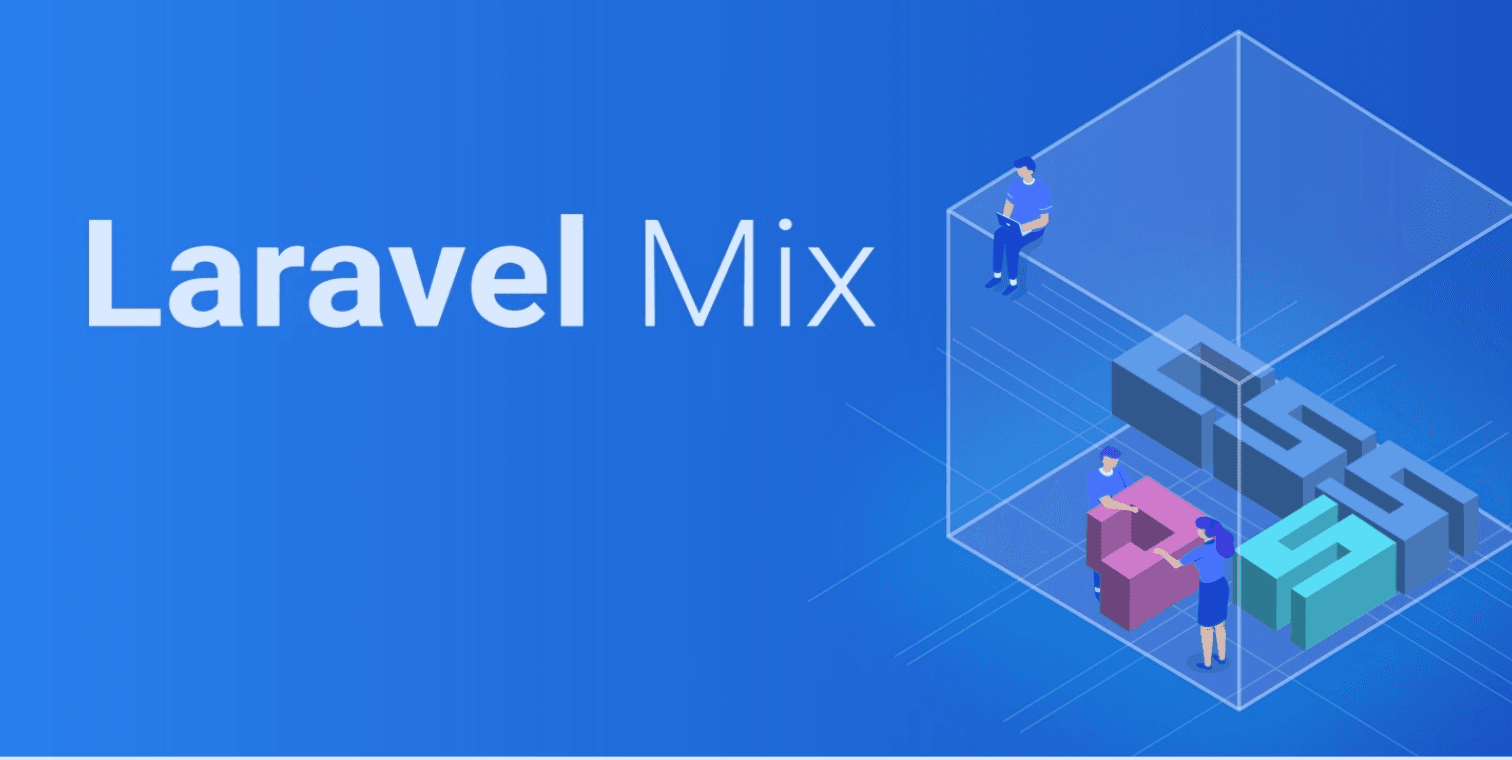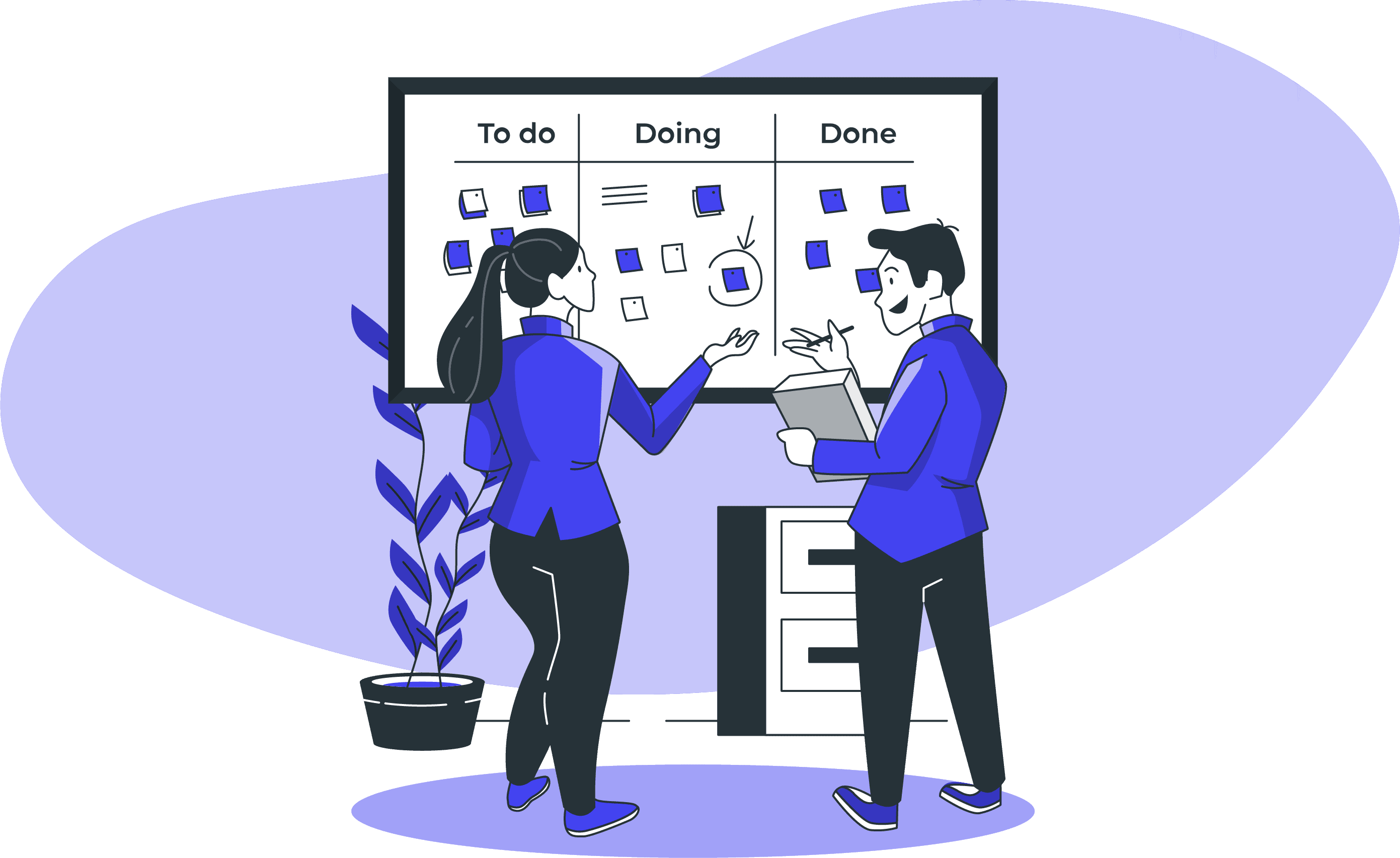Share this article:
Unveiling the power duo: Next.js as the Headless frontend of Drupal 10
Developer


In the dynamic landscape of web development, staying ahead of the curve often requires embracing innovative solutions that enhance performance, flexibility, and scalability. One such powerful combination making waves in the industry is Drupal 10 as the content management system (CMS) paired with Next.js as the headless frontend. In this article, we'll explore why this approach is gaining traction, what Next.js brings to the table, and the myriad benefits that come with this dynamic duo.
What is Next.js?
Before delving into the synergy between Next.js and Drupal 10, let's understand what Next.js is. Next.js is a React-based, open-source framework that simplifies the process of building server-rendered and statically generated web applications. Developed by Vercel, Next.js offers a seamless development experience with features like automatic code splitting, server-side rendering, and easy deployment.

Why choose Next.js as the Headless frontend for Drupal 10?
- Seamless integration: The integration of Next.js with Drupal 10 is smooth and efficient, allowing for seamless communication between the frontend and backend. This decoupled architecture provides developers the freedom to design interactive user interfaces while Drupal handles content management in the backend.
- Enhanced performance: One of the key advantages of using Next.js is its ability to optimise performance. With features like automatic code splitting and server-side rendering, web pages load faster, resulting in an improved user experience. By offloading the rendering to the server, Next.js minimises the client-side load, making the application more responsive.
- Flexibility in design: Next.js empowers developers to create dynamic, engaging user interfaces. The framework's flexibility allows for easy customisation and the incorporation of modern design principles. This flexibility is crucial for crafting visually appealing and user-friendly websites and applications.
- React components for reusability: Leveraging React components in Next.js promotes code reusability. Developers can create modular components that can be reused across different parts of the application, leading to a more maintainable and scalable codebase.
- SEO-friendly: Next.js excels in SEO performance. Server-side rendering enables search engines to crawl and index content effectively, resulting in better search rankings for your website.
Benefits of the Next.js and Drupal 10 combination:
- Enhanced user experience:
- Next.js's capabilities for server-side rendering (SSR) and client-side hydration significantly enhance user experience by delivering faster page loads and seamless interactions.
- By integrating Next.js with Drupal's robust content management features, developers can build dynamic, content-rich interfaces that engage users and drive conversions.
- Real-time updates and dynamic content loading further enrich the user experience, keeping visitors engaged and informed without compromising performance.
- Performance optimisation:
- Next.js's automatic code splitting and optimised rendering techniques ensure that only essential resources are loaded, reducing time to interactive and improving overall performance.
- Leveraging Next.js's static site generation (SSG) capabilities alongside Drupal's content APIs allows for the creation of lightning-fast, SEO-friendly websites that excel in search engine rankings.
- By offloading heavy lifting to Next.js, Drupal can focus on content management tasks, resulting in a leaner backend and improved scalability.
- Seamless development workflow:
- Next.js's intuitive development environment and hot module reloading streamline the frontend development process, enabling rapid iteration and feedback cycles.
- With Next.js handling the frontend, developers can work in parallel on frontend and backend tasks, leading to faster project delivery and increased productivity.
- The clear separation of concerns between Drupal and Next.js promotes code modularity and maintainability, facilitating long-term project sustainability.
- Flexibility and customisation:
- Next.js's component-based architecture allows for granular control over the user interface, empowering developers to create highly customised and visually stunning applications.
- Drupal's flexible content modeling capabilities complement Next.js, enabling developers to structure content in a way that aligns with the application's requirements.
- The combination of Next.js and Drupal provides unparalleled flexibility, allowing developers to adapt to changing business needs and evolving user expectations with ease.
- Scalability and future-proofing:
- By leveraging Next.js's scalability features, such as incremental static regeneration (ISR), applications built with Drupal and Next.js can handle spikes in traffic and scale seamlessly as demand grows.
- With both Drupal and Next.js backed by active communities and regular updates, developers can rest assured that their applications will remain compatible with emerging technologies and industry standards.
Explore related content
Looking for a step-by-step walkthrough of how to integrate Next.js with Drupal in a headless architecture? Check out our blog post on "Headless Drupal with Next.js - Simple Example Walkthrough" for an in-depth guide on getting started with this powerful combination.
By following these steps and exploring our related content, you'll be well-equipped to create your own Next.js Drupal website and harness the combined power of these two powerful platforms.
Conclusion:
In the era of headless content management systems and dynamic web applications, the coupling of Drupal 10 and Next.js emerges as a potent solution. This combination offers developers the tools to create high-performing, scalable, and feature-rich applications while staying on the forefront of web development trends. With an efficient workflow, enhanced performance, and adaptability to evolving technologies, the Drupal 10 and Next.js tandem is poised to redefine how we approach web development in the years to come.
SUBSCRIBE TO OUR NEWSLETTER
Share this article:


.png&w=3840&q=75)








